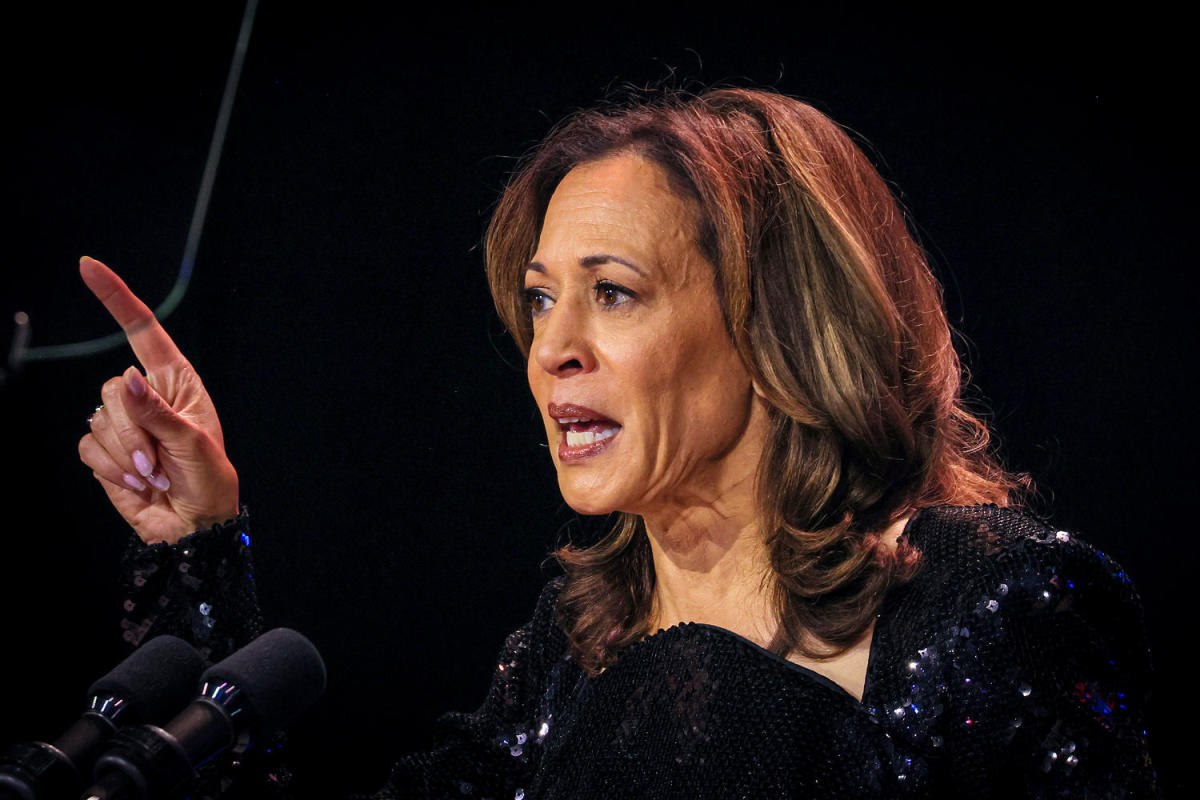After World War II, black people in Houston had the rare opportunity to buy a nice home in the new community of Pleasantville, Texas. But in the years that followed, officials rerouted the Interstate 610 loop, with its tailpipe, along one side of Pleasantville, and cement factories and other heavy industry sprang up nearby.
Just days after taking office in 2021, the Biden administration made big promises to heavily polluted Black, Latinx, Indigenous and poor areas like these, known as environmental justice communities.
To assess how well Biden and his departments have delivered on those promises, The Associated Press spoke with about 30 environmental justice groups across the country. These are people who have been trying for years, sometimes decades, to clean up places near their homes, including Superfund sites, petrochemical plants and diesel ports.
Many said this administration has done more than anyone else. With unprecedented ambition, they said, federal officials have sought their advice, written stronger environmental protections and pledged tens of billions of dollars in funding.
“Once he got in office, he did what he said he would do,” said Beverly Wright, who directs the Deep South Center for Environmental Justice and serves on the White House Environmental Justice Advisory Council. “I almost gasped when I saw the number.”
But local advocates interviewed also have concerns. Some said the Biden administration’s policies have been too weak to dramatically reduce pollution and transform their lives. Officials have even favored climate technologies that worsen conditions, they said.
That progress could be reversed if the Nov. 5 presidential election produces a Republican administration. Republican presidential candidate and former President Donald Trump argues that many of the regulations advocated by these groups go too far.
Pleasantville, near Houston’s petrochemical heartland, got some of Biden’s funding. Bridgette Murray, founder of the group Achieving Community Tasks Successfully, said residents wanted what many environmental justice groups want: data on what’s in the air. Now a federal grant will help them conduct air tests, she said, and they can show those results to regulators.
It won’t actually make the air cleaner, Murray said, “but if we do nothing, change will never happen.” It will take continued funding to achieve that, she said.
The Texas grant is one of many. For each region of the country, the Environmental Protection Agency gave large sums to an established group to distribute to local groups that know the needs of their communities. In Massachusetts, for example, the Boston-based nonprofit Health Resources in Action got $50 million to do this.
The Inflation Reduction Act injected billions into Biden’s efforts — the first time significant funding has been made available for environmental justice. Officials have also drafted regulations they say will dramatically improve public health.
But nearly all interviews with environmental and justice groups also raised concerns.
Anne Rolfes, executive director of the Louisiana Bucket Brigade, which helps communities in a key petrochemical corridor, said the Biden administration is listening to activists and inviting them for photo ops, but is not enforcing the law rigorously enough to protect the state’s Black population.
“If you have an EPA that basically doesn’t want to exercise its authority, then a state like Louisiana, which is completely owned by industry, can ignore the federal government. And that’s what they’re doing,” Rolfes said.
The EPA has enforced the rules more rigorously under Biden, but Rolfes says federal officials still give states too much power to ignore clean air rules.
Some local organizations find it difficult to navigate federal bureaucracy and apply for funding, despite the technical assistance available.
A major hurdle is time. After nearly four years, some Biden administration programs are only just beginning to distribute money. Vice President Kamala Harris, now the Democratic presidential nominee, has supported President Biden’s work on environmental justice, saying in December that he has “put equity at the heart of all of our climate investments.” A spokesperson for Harris’ campaign did not respond to a request for comment.
Some environmentalists expressed frustration that the Biden administration has backed a technology known as carbon capture, which promises to keep additional greenhouse gas emissions out of the air by pumping them underground. They said it would allow polluting industrial plants to continue, or even expand, the technology. It’s favored by heavy industry, and it now offers significant tax breaks.
Chief Federal Environmental Justice Officer Jalonne White-Newsome said that when Congress passed the Inflation Reduction Act, it included incentives for carbon capture. The Biden administration was tasked with implementing the law and has asked for feedback.
She said the Biden administration has sought to embed environmental justice principles into the “structure and foundation” of the federal government.
“We’re not in the Promised Land yet,” she said, “but we’re going there.”
___
The Associated Press receives support for its coverage of water and environmental policy from the Walton Family Foundation. AP is solely responsible for all content. For all of AP’s environmental coverage, visit https://apnews.com/hub/climate-and-environment




